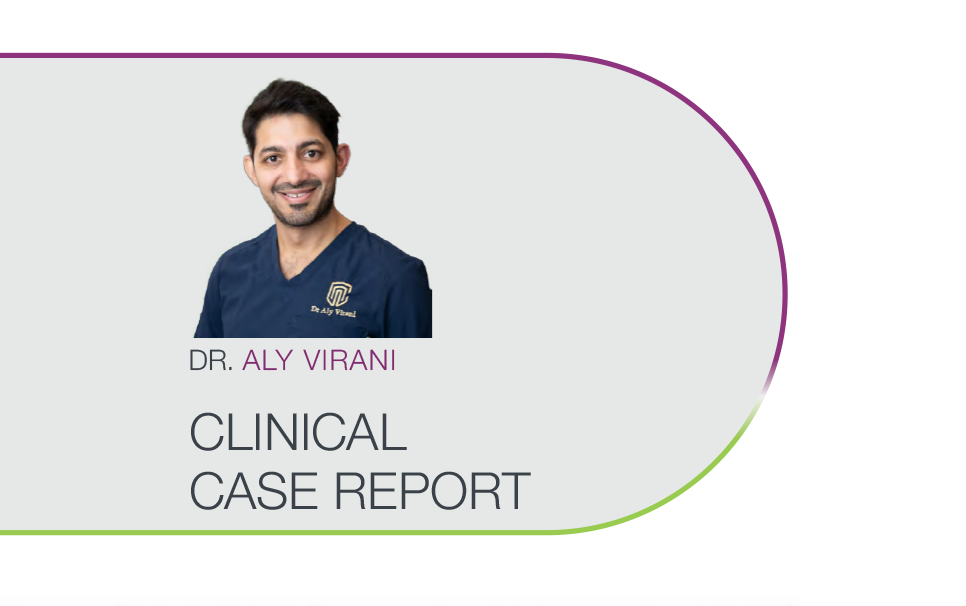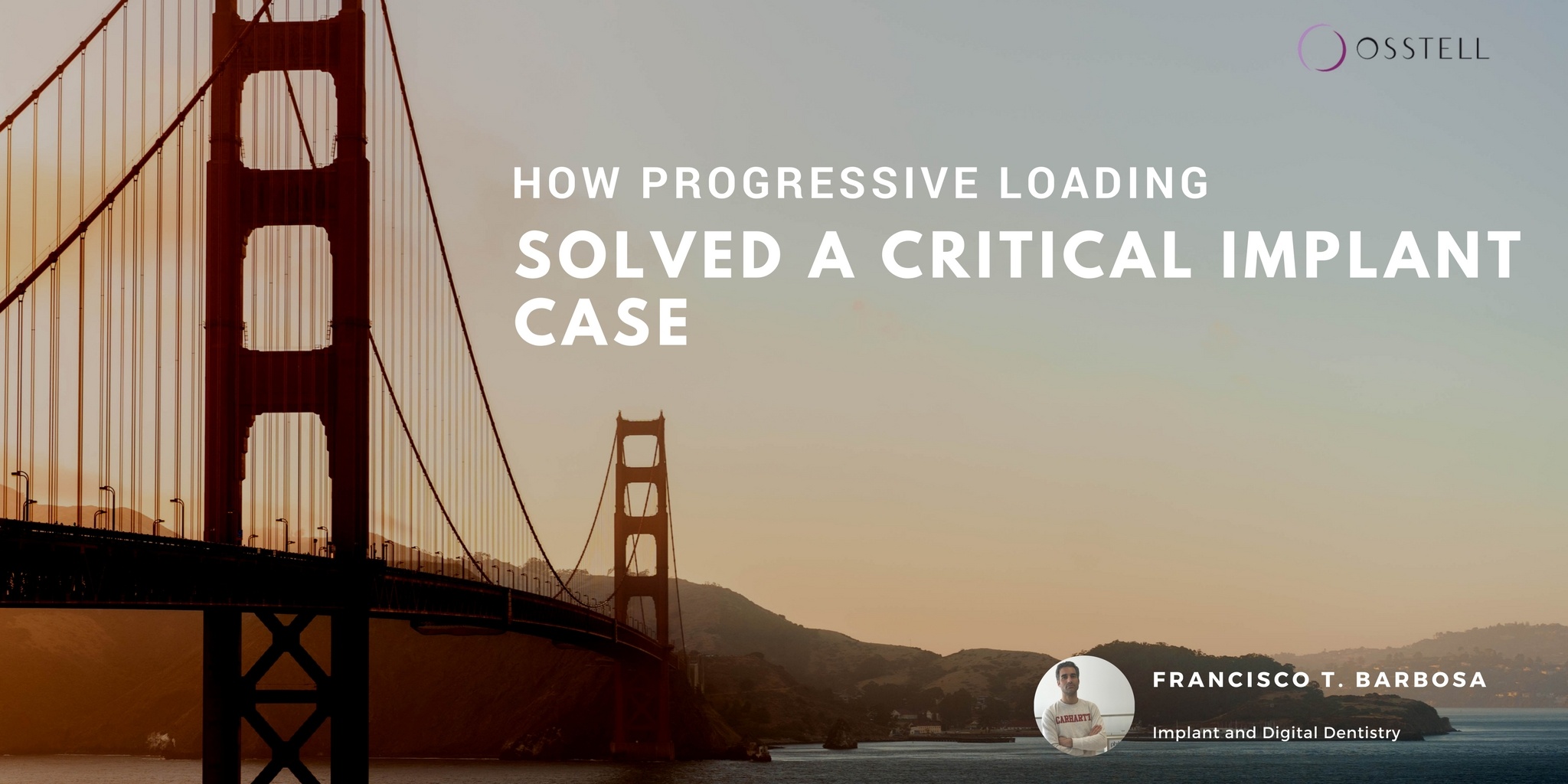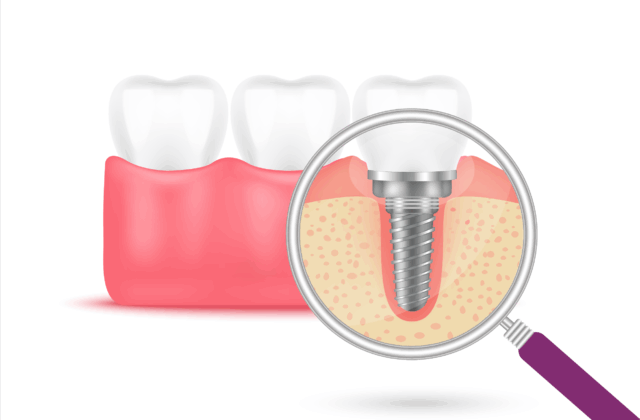
A patient-centred approach to implant treatment: Guided by ISQ monitoring
Oct 02, 2025
In modern implant dentistry, clinical success is not solely about osseointegration. It is about making informed, evidence-based decisions that patients can understand and trust. Dr Aly Virani’s recent case exemplifies this philosophy through the use of ISQ monitoring and a progressive loading protocol.
Faced with insufficient bone regeneration following grafting, Dr Virani chose a conservative path. Using the Osstell Beacon ISQ traffic-light system, he monitored implant stability over time, avoiding premature loading and unnecessary interventions. The intuitive colour-coded guidance not only supported clinical decision-making but also made it easier for the patient to understand the rationale behind the staged treatment plan. This approach allowed for a gradual increase in ISQ values, ultimately leading to a successful restoration of a three-unit bridge in the maxillary posterior region.

The case highlights how ISQ values — particularly when tracked over time — can guide clinicians in making safe, predictable decisions. It also demonstrates how transparent communication, supported by objective data, fosters patient confidence and engagement.
“Without ISQ monitoring, at least one of the implants may have been misinterpreted as a rejection and removed,” Dr Virani notes. Thanks to the traffic-light system, the patient understood the need for a longer treatment period and is now very pleased with the result.
Download the full case report to explore the clinical details and ISQ trend graphs:
👉 Clinical Case Report – Dr Aly Virani
Hear more from Dr Aly Virani
In his webinar, “Why should every dentist integrate ISQ into implant treatments?”, Dr Virani describes how he uses the traffic-light signal from Osstell Beacon measurements to communicate clearly and confidently with patients.



Add comment